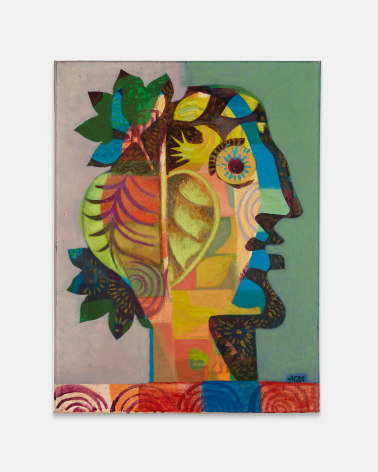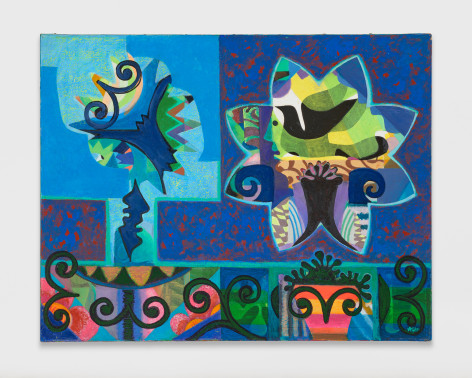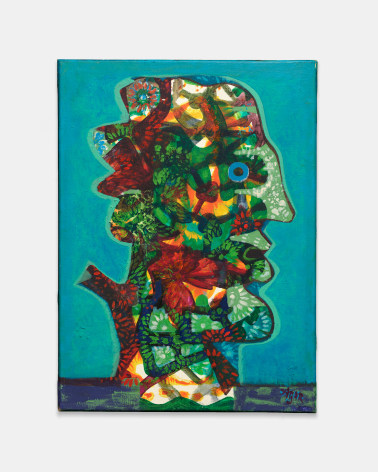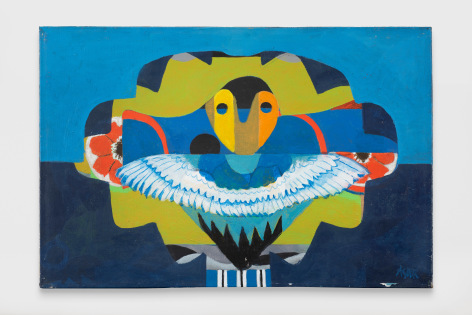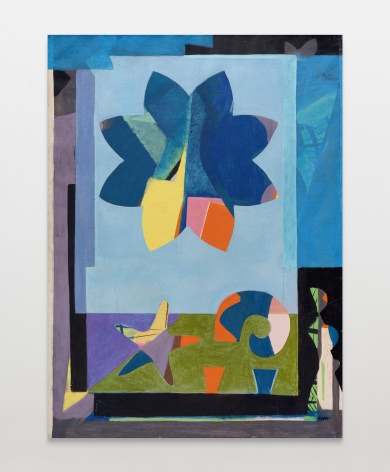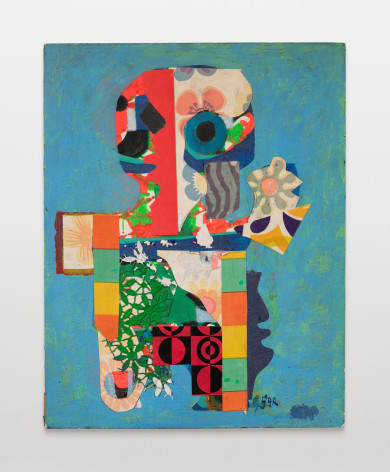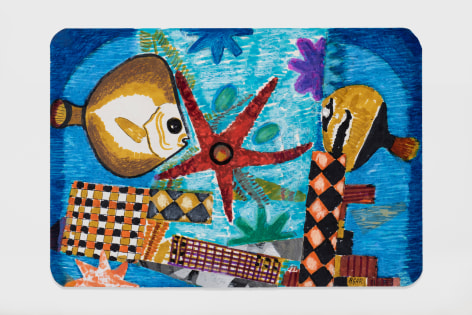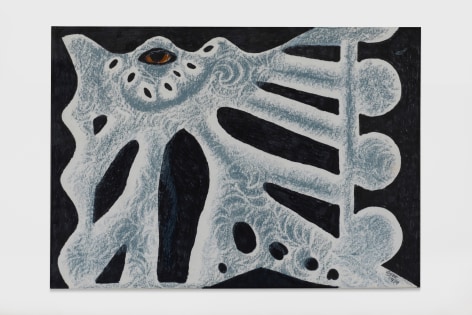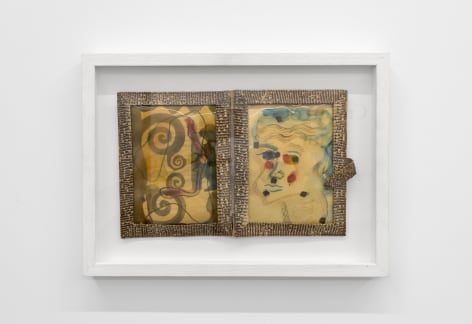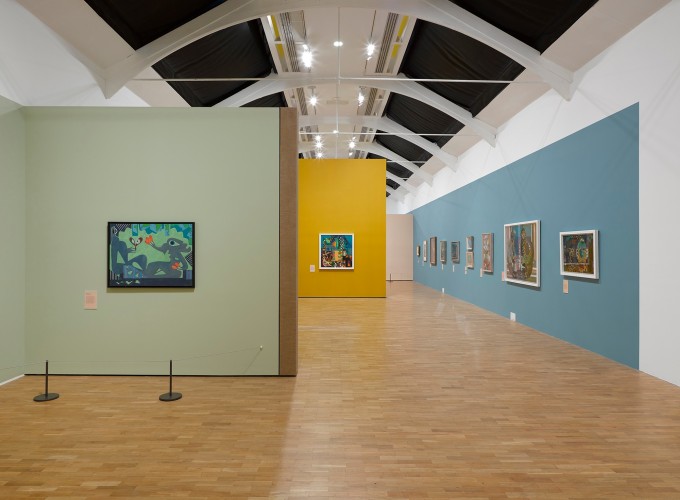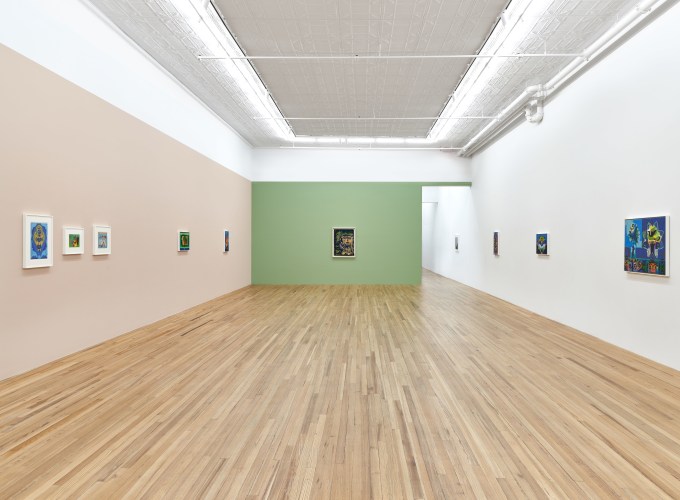
Born in Buenos Aires in 1899 to a Scottish father and American mother, Eileen Agar described her early years in the expatriate enclave as “full of balloons, hoops and St. Bernard dogs”. Her artistic journey began in English boarding schools, where she met mentors such as Lucy Kemp-Welch, who ignited her passion for art. In the early 1920s, her path led her to Leon Underwood’s school and later to the prestigious Slade School of Art, where she made connections with notable figures.
While initially drawn to abstract painting under the influence of Henry Moore, Agar found her true artistic calling in collage. She immersed herself in the world of found objects, creating enigmatic assemblages from beach treasures, animal bones, textiles, and household objects. Her work, such as “Angel of Anarchy” (1936-40), demonstrated a unique symbiosis between artist and material.
In 1936, Agar gained international recognition through her participation in the International Surrealist Exhibition in London, where she became associated with Surrealism through her relationship with Paul Nash. Nature, especially the seaside, became a recurring theme in her art.
Agar’s artistic journey continued with extensive travel, including a memorable trip to Brittany to photograph the distinctive coastal boulders. During World War II, Agar returned to London and hosted a surrealist farewell dinner for refugee artists heading to the United States. The war had a psychological impact on her work, but in the 1950s she found inspiration in the Canary Islands, where she painted and exhibited.
Eileen Agar wasn’t just an artist; she cultivated significant expertise in design and art collecting, transforming her London home into a contemporary aesthetic space. Her imaginative alterations to Magritte’s “Woman-Bottle,” a piece she acquired, serve as a testament to her inclusive methodology, seamlessly blending disparate styles to create a surrealistic balance.
She remained active in the art world, experiencing a resurgence during the Surrealist revival of the 1970s and 1980s, culminating in the publication of her memoirs and she continued to create until her death in 1991.
Agar’s artistic legacy endures, with her works in prestigious collections around the world, from the Victoria and Albert Museum to the Museum of New Zealand, reaching audiences and symbolizing the revolutionary spirit of women artists in the 20th century.

